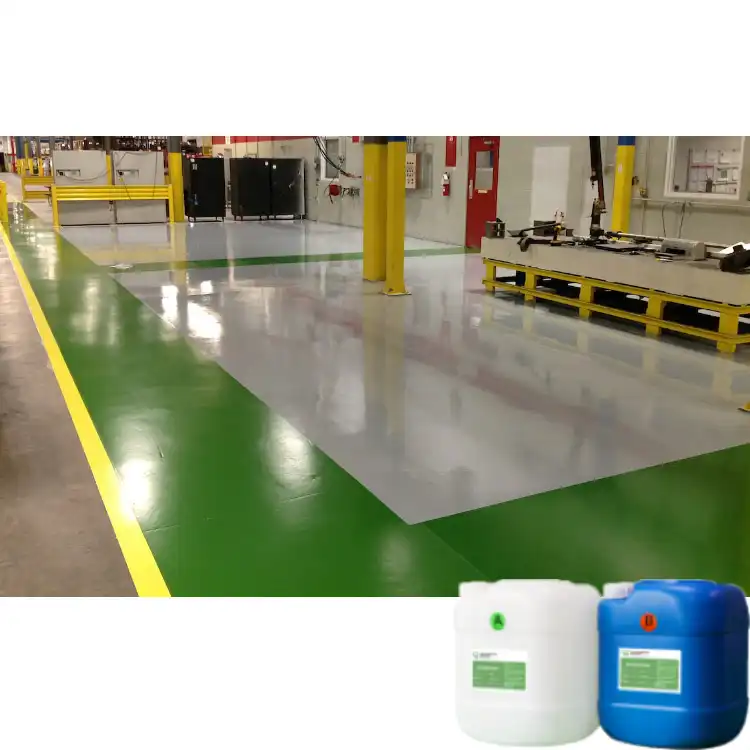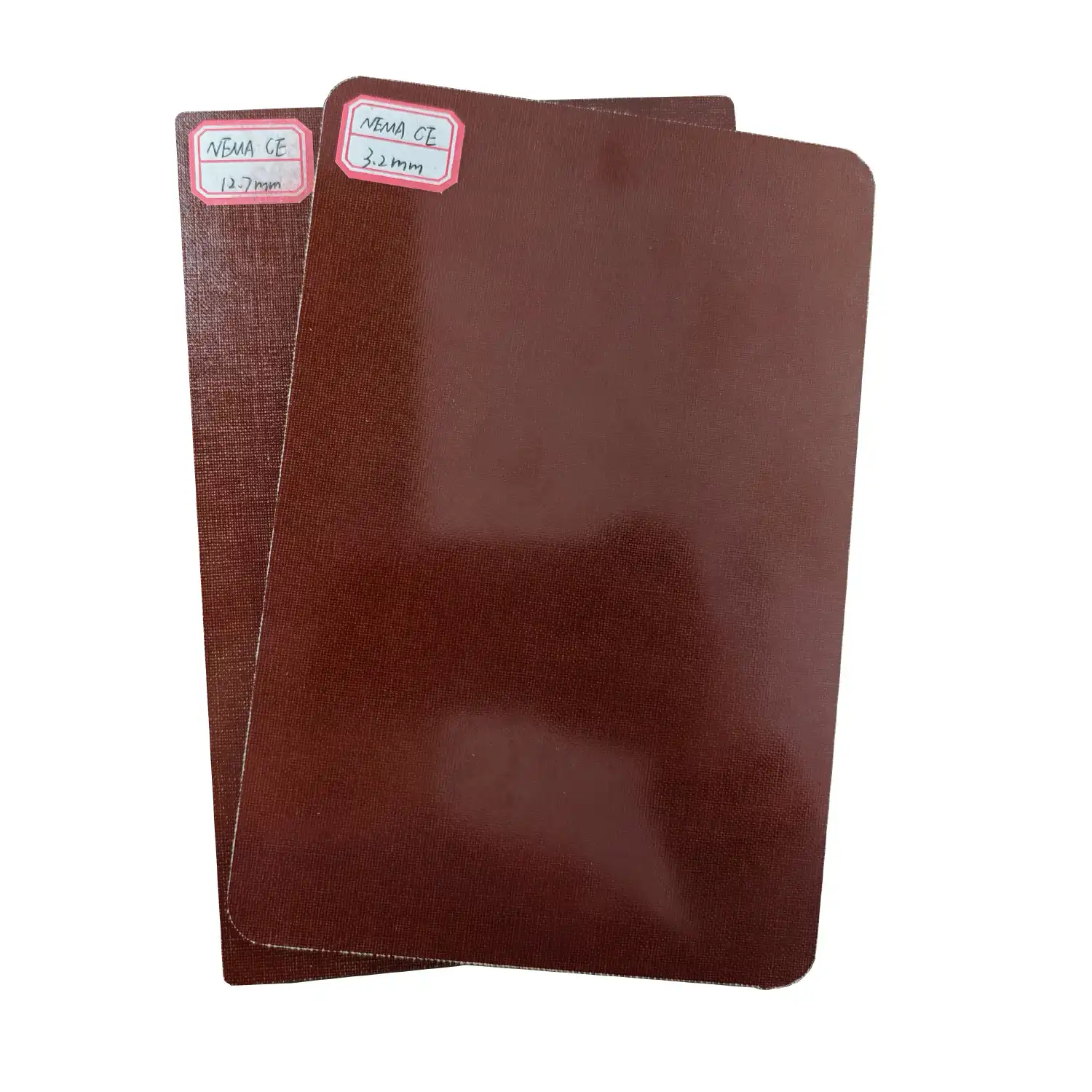What is the quality of FR4?
2024-07-05 14:40:11
Introduction
FR4 epoxy is a material that is used a lot because of its unique properties and the many different applications it has in the industry. In order to ensure reliability in engineering and manufacturing processes and optimal performance, it is essential to have a comprehensive understanding of its quality. In order to answer frequently asked questions and conduct in-depth research into this fundamental material using momentum testing and industry practices, the purpose of this article is to provide comprehensive information about the quality components of FR4 epoxy.
It is frequently used as a component in the production of printed circuit boards (PCBs) and other electronic components due to its remarkable mechanical, electrical, and thermal properties. It is the inclined toward substrate for applications that require unwavering quality and execution in different biological conditions because of its cost sufficiency, mechanical strength, fire obstacle, and high electrical security.
We will look at the fundamental quality parts of FR4 epoxy in this conversation, including its material association, producing rules, execution qualities, and contemplations for different contemporary applications. By looking at these variables from top to bottom, specialists, manufacturers, and planners can acquire a comprehensive understanding of FR4 epoxy. This empowers informed heading and improvement in item quality and execution.

What are the key properties of FR4 epoxy?
FR4 epoxy, also known as fiberglass-reinforced epoxy laminate, possesses several key properties that make it highly desirable in diverse industries. These properties include excellent electrical insulation, mechanical strength, chemical resistance, and dimensional stability.
Electrical Insulation Properties: One of the standout features of FR4 epoxy is its superior electrical insulation properties. This material is widely used in printed circuit boards (PCBs) and electrical components where reliable insulation is crucial to prevent short circuits and ensure operational safety. Its high dielectric strength and low dissipation factor make it ideal for applications requiring stable electrical performance over a wide range of frequencies and environmental conditions.
Mechanical Strength and Durability: In addition to its electrical properties, it offers impressive mechanical strength and durability. The reinforcement of fiberglass within the epoxy matrix provides significant strength, stiffness, and impact resistance. This makes FR4 epoxy suitable for structural components in industries such as aerospace, automotive, and construction, where robust materials are essential for withstanding mechanical stresses and environmental factors.
Chemical Resistance and Environmental Stability: It exhibits good resistance to many chemicals, including acids, bases, and solvents, enhancing its suitability for harsh operating environments. Moreover, it maintains dimensional stability under varying temperatures and humidity levels, which is critical for maintaining the integrity of components over extended periods.
Applications Across Industries: The combination of these properties makes FR4 epoxy versatile across a wide range of industries. In electronics and telecommunications, it is indispensable for PCBs, where it provides the necessary insulation and mechanical support for mounting components. In aerospace and automotive sectors, its lightweight yet strong properties make it ideal for structural panels and enclosures.
Future Developments and Innovations: Research and development in FR4 epoxy continue to focus on enhancing its properties further. Efforts are underway to improve thermal management capabilities, reduce material weight without compromising strength, and explore eco-friendly alternatives in manufacturing processes.
How does FR4 epoxy contribute to electrical insulation?
FR4 epoxy's role in electrical insulation is critical, particularly in modern electronics and electrical systems where reliability and performance are paramount.
Dielectric Properties: It laminates exhibit excellent dielectric properties, characterized by high dielectric strength and low dissipation factor. These properties are crucial for maintaining signal integrity and preventing electrical leakage in PCBs and other electronic components. The ability to withstand high voltages without breakdown makes FR4 Epoxy Board a preferred choice in high-performance applications.
Surface Insulation Resistance: Another important aspect of FR4 epoxy is its surface insulation resistance (SIR), which measures the material's ability to resist current leakage across its surface. Low SIR values ensure that the material maintains its insulating properties over time, even in humid or contaminated environments. This reliability is essential for the long-term performance and safety of electrical devices.
Environmental Considerations: FR4 epoxy's insulation properties remain stable across a wide range of temperatures and humidity levels, which is crucial for applications exposed to varying environmental conditions. Whether in consumer electronics or industrial machinery, consistent electrical insulation helps mitigate risks of electrical failures and ensures operational reliability.
Design Considerations for Electrical Engineers: For electrical engineers and designers, selecting the right grade and thickness of FR4 epoxy is essential to meet specific insulation requirements. Factors such as operating voltage, frequency, and environmental exposure dictate the choice of material to optimize performance and longevity.
Advancements in Insulation Technology: Ongoing research aims to improve FR4 's insulation capabilities further. Innovations in resin formulations, fiber reinforcement techniques, and surface treatments contribute to enhancing dielectric strength, reducing signal loss, and extending the lifespan of electronic components.
What are the factors influencing the mechanical strength of FR4 epoxy?
The mechanical strength of FR4 epoxy is crucial for its performance in structural applications across various industries. Several factors contribute to its strength and durability.
Fiber Reinforcement:FR4 Epoxy Board laminates derive their mechanical strength primarily from the reinforcement of fiberglass. The orientation, density, and type of fiberglass used significantly impact the material's stiffness, tensile strength, and impact resistance. Manufacturers carefully control these factors during the lamination process to achieve desired mechanical properties.
Resin Composition: The epoxy resin matrix in FR4 laminates not only binds the fiberglass but also influences the overall mechanical behavior of the material. The choice of resin affects properties such as flexibility, hardness, and resistance to environmental factors. Modern resin formulations aim to balance strength with other desirable characteristics like thermal stability and chemical resistance.
Laminate Construction: The stacking sequence and number of layers in FR4 laminates play a crucial role in determining its mechanical properties. Different stacking configurations can optimize properties such as bending strength, torsional stiffness, and dimensional stability. Engineers often tailor laminate constructions to meet specific load-bearing requirements in applications ranging from consumer electronics to heavy machinery.
Processing Conditions: The manufacturing process of it, including curing temperature, pressure, and post-cure treatments, influences its final mechanical properties. Proper curing ensures optimal resin cross-linking and bonding with fiberglass, maximizing strength and reducing internal stresses that could compromise performance over time.
Quality Assurance and Testing: To ensure consistent mechanical performance, manufacturers conduct rigorous quality assurance tests on FR4 epoxy laminates. These tests include tensile strength, flexural modulus, impact resistance, and fatigue testing under simulated operating conditions. Compliance with industry standards and customer specifications is essential to guarantee reliability in diverse applications.
Innovations in Material Science: Advancements in material science continue to push the boundaries of the product's mechanical properties. Research focuses on improving fracture toughness, reducing weight through nanocomposite reinforcements, and exploring sustainable alternatives without compromising performance. These innovations aim to address evolving market demands for lighter, stronger, and more durable materials.
Conclusion
FR4 epoxy is still an essential component in modern engineering and manufacturing due to its distinctive combination of electrical insulation, mechanical strength, and chemical resistance. Using its full potential in a variety of applications necessitates grasping its quality boundaries, such as key properties, electrical protection capacities, and mechanical strength variables. As advancement advances, so too will the capacities of FR4 epoxy, promising it continues to fulfill the growing necessities of endeavors all over the planet.


_1732777843529.webp)



_1740986340093.webp)
